Role of Rahu and Ketu in Vedic Astrology- Saptarishis Astrology
Rahu and Ketu are considered shadow planets in Vedic astrology, and they are known for their significant impact on the life of an individual.
Here is a brief overview of the role of Rahu and Ketu in Vedic astrology:
Rahu: Rahu is associated with materialism, worldly desires, and ambition. It represents the desire for power, status, and recognition. It is also associated with vices like greed, addiction, and temptation. Rahu is said to be the karaka or significator of foreigners, foreign travel, and the internet. In Vedic astrology, the placement and influence of Rahu in an individual’s birth chart can indicate the areas of life where they may experience challenges, obstacles, and setbacks, as well as the areas where they can achieve success and growth.
Ketu: Ketu is associated with spiritual growth, detachment, and renunciation. It represents the desire to transcend the material world and seek spiritual enlightenment. Ketu is said to be the karaka or significator of moksha or spiritual liberation.
In Vedic astrology, the placement and influence of Ketu in an individual’s birth chart can indicate the areas of life where they may experience a lack of fulfillment, detachment, and disinterest in worldly pursuits, as well as the areas where they can experience spiritual growth, inner peace, and enlightenment.
The position and influence of Rahu and Ketu in an individual’s birth chart are determined by their relationship with other planets, their placement in specific houses, and their position in relation to the ascendant. The placement and influence of Rahu and Ketu can provide insights into an individual’s strengths, weaknesses, challenges, and opportunities in life. It is essential to consult with a trained Vedic astrologer to fully understand the impact of Rahu and Ketu on one’s birth chart and to take appropriate measures to mitigate any negative influences.
Interesting Facts about Rahu and Ketu
1. Rahu: Rahu is a significant celestial body in Hindu astrology and mythology. Here are some interesting facts about Rahu:
- Rahu is one of the nine planets (Navagrahas) in Hindu astrology, and it is considered a shadow planet.
- In Hindu mythology, Rahu is depicted as a snake that swallows the sun and the moon during eclipses.
- As per some opinions, Rahu is associated with the zodiac sign Aquarius and is said to have a strong influence on individuals born under this sign.
- In Hindu astrology, Rahu is considered a malefic planet that can cause confusion, chaos, and materialistic desires.
- Rahu is also associated with the north node of the moon, which is an important astronomical point in Vedic astrology.
- In Hindu mythology, Rahu is said to be the son of Simhika, a demoness, and Viprachitti, a demon king.
- Rahu is often depicted with a human head and a serpent’s body, representing the duality and complexity of this celestial body.
- According to Hindu mythology, Rahu is also known as the “eclipse maker” because of its association with eclipses.
- Rahu is associated with the color black and is often represented as a dark, shadowy figure.
- In Hindu astrology, Rahu is said to be in its exaltation in the zodiac sign Taurus and in its debilitation in the zodiac sign Scorpio.
2. Ketu: Ketu is another shadow planet in Hindu astrology and is often mentioned in conjunction with Rahu. Here are some interesting facts about Ketu:
- Ketu is one of the nine planets (Navagrahas) in Hindu astrology, and it is also considered a shadow planet.
- In Hindu mythology, Ketu is often depicted as a comet with a tail and is associated with the south node of the moon.
- As per some opinions, Ketu is associated with the zodiac sign Scorpio and is said to have a strong influence on individuals born under this sign.
- In Hindu astrology, Ketu is considered a malefic planet that can cause spiritual growth as well as materialistic desires.
- Ketu is also associated with detachment, isolation, and liberation from worldly desires.
- In Hindu mythology, Ketu is said to be the tail of the demon king Rahu after his head was cut off by Lord Vishnu.
- Ketu is often depicted with a headless body, representing its association with detachment and renunciation.
- According to Hindu mythology, Ketu is also known as the “moksha karaka” or the planet that leads to spiritual liberation.
- Ketu is associated with the color brown and is often represented as a dark, shadowy figure.
- In Hindu astrology (some opinions), Ketu is said to be in its exaltation in the zodiac sign Scorpio and in its debilitation in the zodiac sign Taurus.

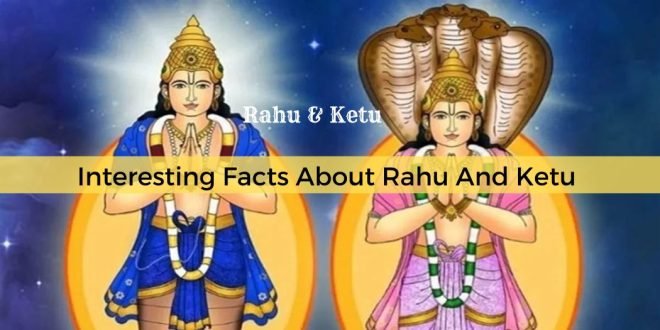


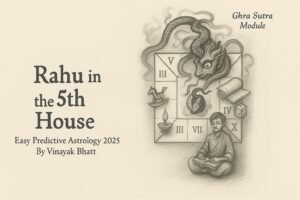
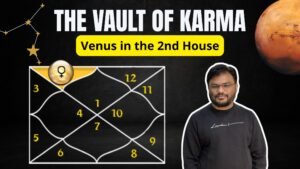
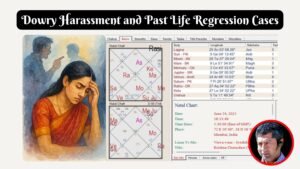
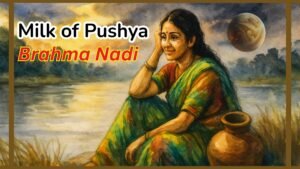

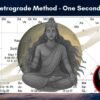
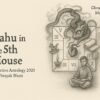


Leave a reply
You must be logged in to post a comment.